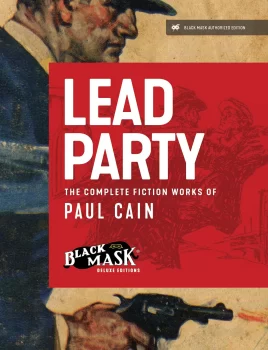Southern Horror: Pigeons from Hell by Robert E Howard
“Voodoo!” he muttered. “I’d forgotten about that—I never could think of black magic in connection with the South. To me witchcraft was always associated with old crooked streets in waterfront towns, overhung by gabled roofs that were old when they were hanging witches in Salem; dark musty alleys where black cats and other things might steal at night. Witchcraft always meant the old towns of New England, to me—but all this is more terrible than any New England legend—these somber pines, old deserted houses, lost plantations, mysterious black people, old tales of madness and horror—God, what frightful, ancient terrors there are on this continent fools call ‘young’!”
This exclamation by Griswell, the protagonist of Robert E Howard’s racially fueled horror tale set among the piney woods of the Louisiana-Arkansas border region, always struck me as a bit of a “take that!” to the old gentleman of Providence, HP Lovecraft. I think Howard was on to something as “Pigeons from Hell,” published posthumously in 1938 is a riveting tale of well-earned revenge, voodoo, and the walking dead. Two young travelers from New England decide to spend the night in an abandoned plantation mansion. The balustrade is covered by a flock of pigeons. Its oak door sags on broken hinges, and the interior is dark and dusty. After they fall asleep, they are ensnared by events set in motion many years ago.
“Pigeons” opens with Griswell (no first name), waking up from a troubled sleep on the floor of a dilapidated plantation mansion. He had dreamt of a “vague, shadowy chamber” wherein “three silent shapes hung suspended in a row, and their stillness and their outlines woke chill horror in his soul.” In the corner crouched a “Presence of fear and lunacy.” As his eyes open, he spies something crouching at the top of a flight of stairs.










